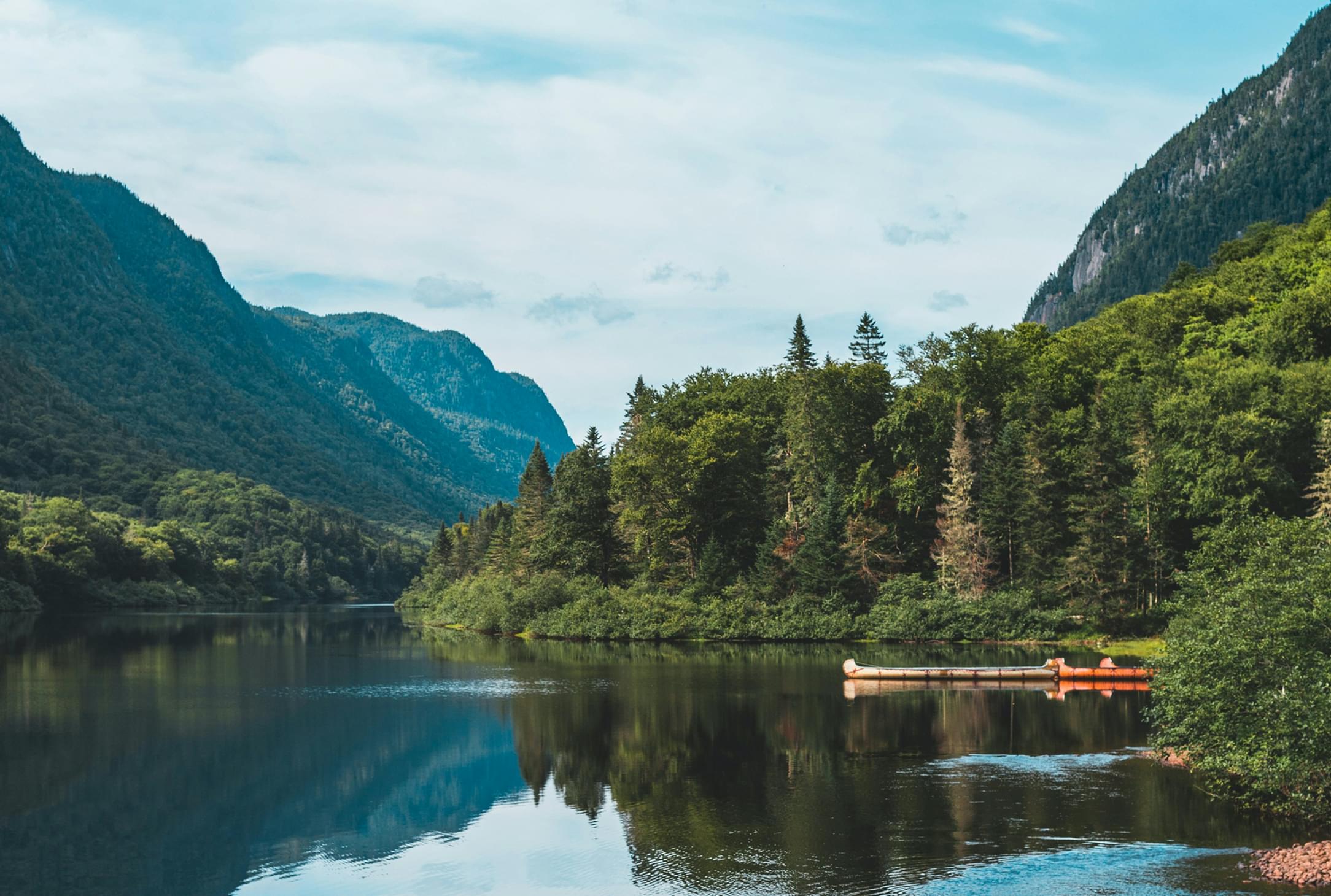
Magnificent San Miguel
One of the only free-flowing rivers in Colorado, the San Miguel River has a story to tell.
By Erin Spillane
Brooke Duncan has lived all her life beside the San Miguel River. The 17-year-old recalls falling asleep on summer nights with the windows wide open at the Duncan family home in Ilium Valley, the river their lullaby. One of her earliest memories is fishing with her father, John Duncan, Telluride Outside co-owner, longtime guide and angler. At the time, the pair were fishing on the river from their backyard, where Brooke remembers feeling that tell-tale tug on her line. “I said, ‘Dad, Dad, I have a fish,’ ” she recounts. “He was busy tying a fly on and said something dismissive like ‘Yeah, yeah, whatever.’ ” The fish turned out to be a rainbow trout, and Brooke recalls her pride in catching the notoriously finicky, and therefore highly prized, fish at the tender age of just 2 years old.
The San Miguel River is like that, playing host to innumerable small and happy moments like Brooke’s with her dad. It is also an incredibly unique waterway with a fascinating history. Clearly a special place, those who love Telluride know the magnificent San Miguel as a place for summertime recreation, but also as beautiful and important, wild and free.
River 101
The San Miguel River’s headwaters begin as rivulets and runoffs of precipitation and melting snows that trickle along rocky talus slopes, alpine meadows and drainages high in the mountains east and south of Telluride. Eventually, they combine into streams — some minor, while others are spectacular, like Ingram, Bridal Veil and Bear creeks, which tumble over falls at the east end of the box canyon.
One way or another, they ultimately feed into the waterway known as the San Miguel River, which gathers at the east end of the Telluride valley. From there, the river skirts the southern end of town and drifts out across the Valley Floor, the roughly 570-acre parcel west of Telluride that has been preserved as open space. It then charges downhill through Keystone Gorge toward its confluence in Ilium Valley with a major tributary, the South Fork of the San Miguel, whose own origins lie southward in the lakes and streams above the nearby communities of Ophir and San Bernardo.
The river continues onward, dropping into terrain that becomes increasingly more arid and less alpine as it follows a course north and west across high deserts and ranchlands. A broader, more mellow San Miguel eventually empties into the Dolores River in red rock just short of Colorado’s border with Utah. Not too long after that is the Dolores’ confluence with the Colorado River, where the waters of the San Miguel join with this waterway so emblematic of the American West.

Human activity
As early as the 1300s, bands of Nuchu, or Utes as European settlers called them, spent summers camping in the Telluride valley, fishing in the San Miguel River, hunting and gathering plants. The first Europeans arrived in numbers in the 1860s and within a decade the first mining claims had been staked. In the early 1880s, the arrival of still more prospectors and other settlers had forced the Nuchu out of the valley altogether and onto reservations in southern Colorado and eastern Utah.
Colorado’s mining boom was underway and with it the San Miguel River took on new roles, as the site of hydraulic mining and a place to dump tailings, the gravelly waste product left over from mineral extraction. Theresa Koenigsknecht, director of education and outreach at the Telluride Historical Museum, says of this period, “We can see that the river is beginning to be changed by human activity.”
Koenigsknecht continues, “The river was also the first waste management facility. People would dump everything in it. We know, for example, that around 1900 there were problems with dead hogs, household refuse and human waste going into the river.”
Human activity also affected the river’s actual shape. Johnnie Stevens, who grew up in Telluride and worked in the mines in the 1960s as a college student on summer break, points to the arrival of the Rio Grande Southern Railroad, which operated a service to Telluride from 1890 until 1952. “There is no question that when the railroad came to town, it did some river rerouting on portions of the Valley Floor,” Stevens says. “It also had to construct many small bridges to get over some wetlands and water generally.”